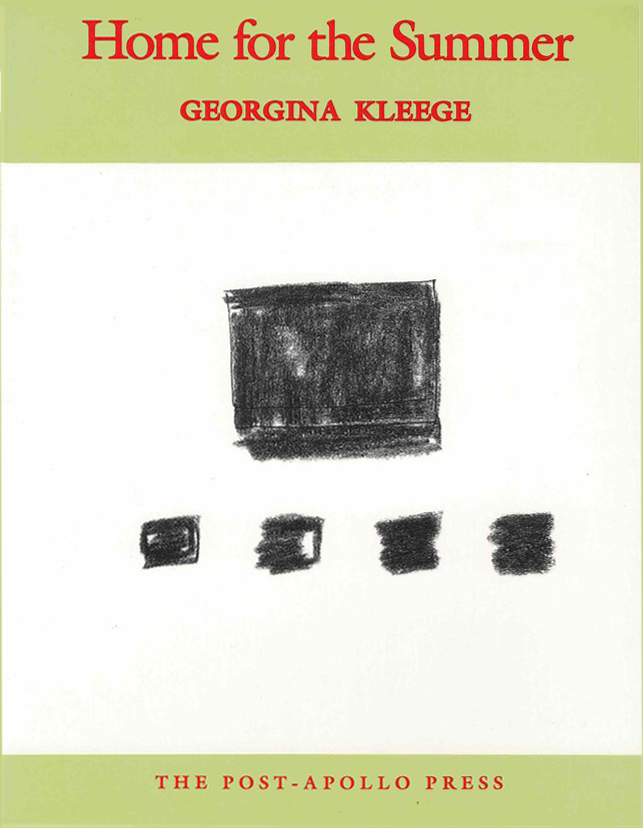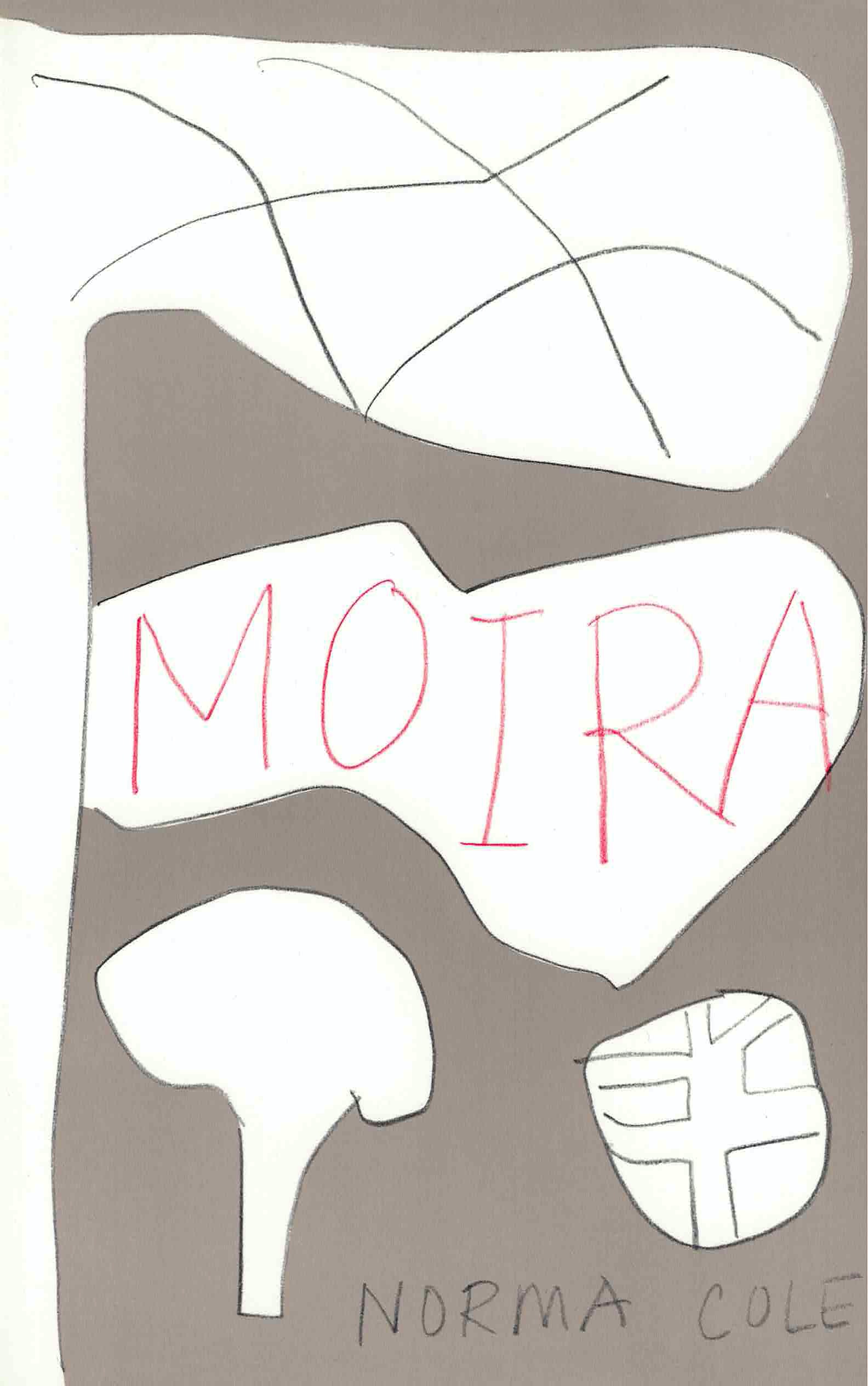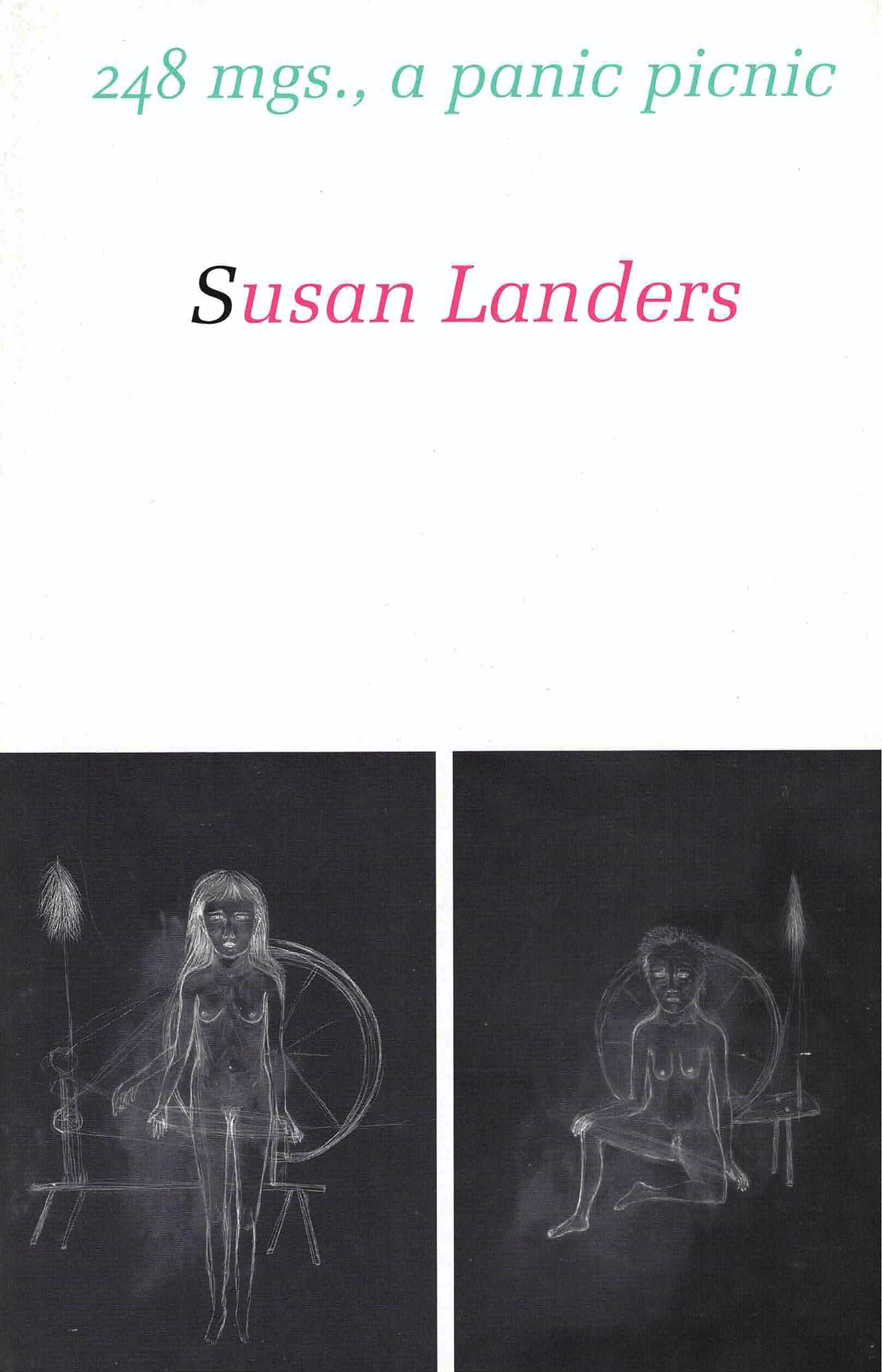Inner China, A Tale is the first of Eva Sjodin’s books to be translated into English. It is the poetic narrative of a young girl navigating a tenuous yet vibrant landscape of hardship and neglect, resilience and self-reliance. —
In Eva Sjödin’s Inner China, the imaginative life born of the desire for heaven, for somewhere else, is the starkest reminder that we reside not there, but here: on earth. While “heaven and dirt cave in, twist together,” the young narrator makes a life and language of the fertile and porous nature beyond her cold realities, an emotional world marked by decay and resilience. This tale is then, also, a map of the human psyche as it maneuvers around that which threatens its body.
Jennifer Hayashida
Eva Sjödin
Praise for Inner China
By turns catastrophic and luminous, Inner China, in Jennifer Hayashida’s translation, is unflinching in its gaze, economical in its language, and fearless as it enters the difficult terrain that is childhood. Here the interior and exterior worlds, the magical and the mundane collide—brutally and beautifully.
— Genya Turovskaya
Inner China, the first of Sjödin’s works to be translated into English, consists of a series of poems that form a narrative about a young girl dealing with hard times and being neglected; by relying on herself and never giving up, she embarks on a moving journey of self-discovery.
— Translation Review





Swedish author Eva Sjödin’s Inner China may at first appear to be a short narrative poem. The publishers, however, describe it as a “tale,” and I am inclined, despite the work’s obvious poetic aspirations, to agree with them. Sjödin’s work is a fragmentary fiction… Forced to be the caretaker of her sister, the young narrator creates a world outside of the home—in the forest, fields, deer and other habitats around their troubled house—a world apart from the emptiness within her supposed domicile…
— Douglas Messerli, Exploring Fictions